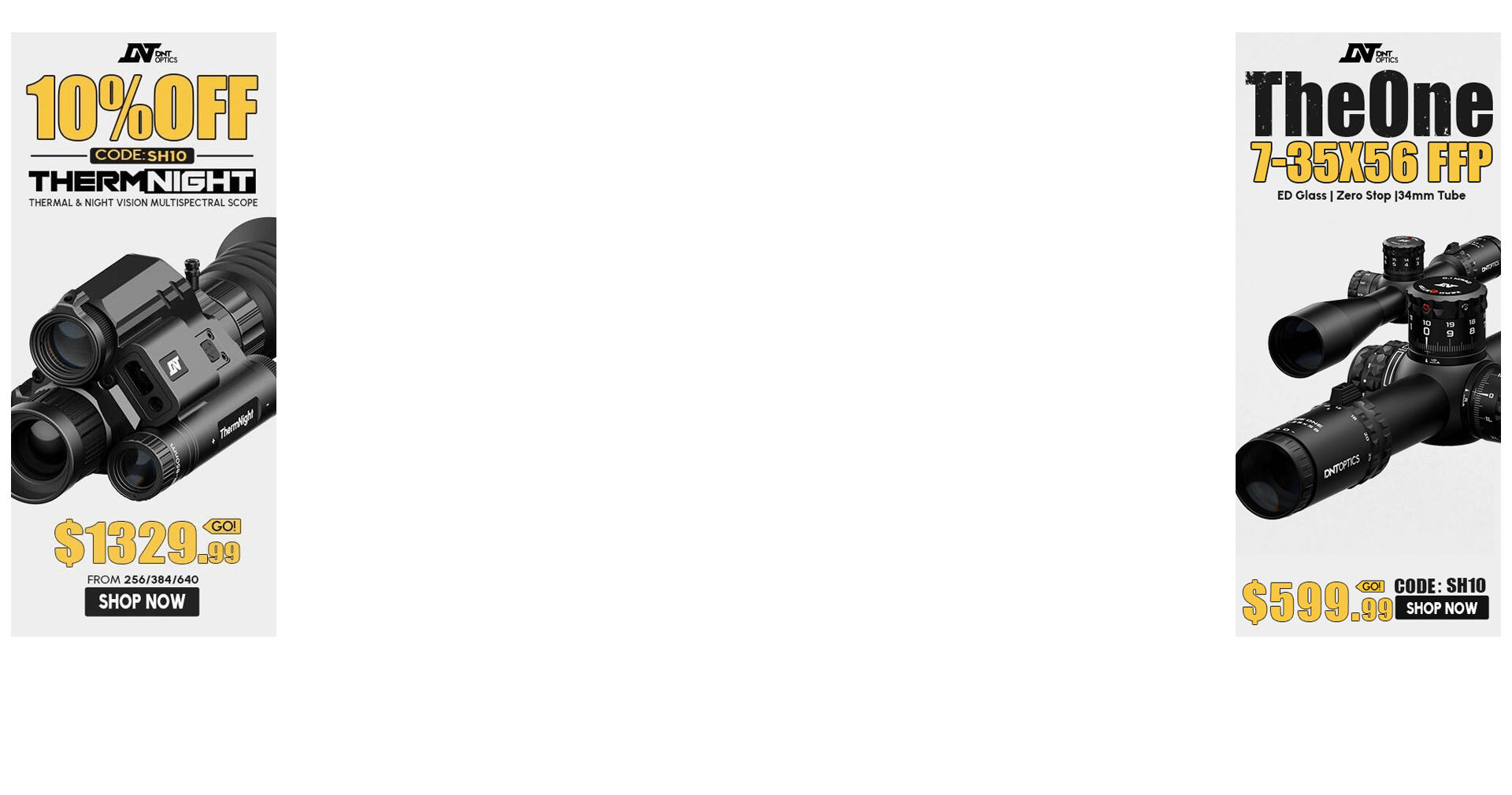Shot some handloads (5.56, 77 grain) that were loaded much too hot (primers with holes, flattened primers, extractor marks) and ironically inaccurate as shit yesterday and am now going through the brass. I'd like to keep as much of it as possible as its all once fired LC brass and is fire formed to the chamber, properly prepped and trimmed, etc.
It seems that even the cases with no extractor marks have the metal from the primer cup cratering out a bit; imagine if the firing pin hit the primer with ALOT of force and the tiny bit of metal from the primer coming out a bit around it from the displacement. What do you look for as far as discarding the cases after blown primers, flatted primers and/or some rims with a little mangling and what is considered unsafe?
None show a sign of the head separating from what I can tell but all have a slight ring around them and none have split necks or any odd deformities, bulges, etc.
It seems that even the cases with no extractor marks have the metal from the primer cup cratering out a bit; imagine if the firing pin hit the primer with ALOT of force and the tiny bit of metal from the primer coming out a bit around it from the displacement. What do you look for as far as discarding the cases after blown primers, flatted primers and/or some rims with a little mangling and what is considered unsafe?
None show a sign of the head separating from what I can tell but all have a slight ring around them and none have split necks or any odd deformities, bulges, etc.


